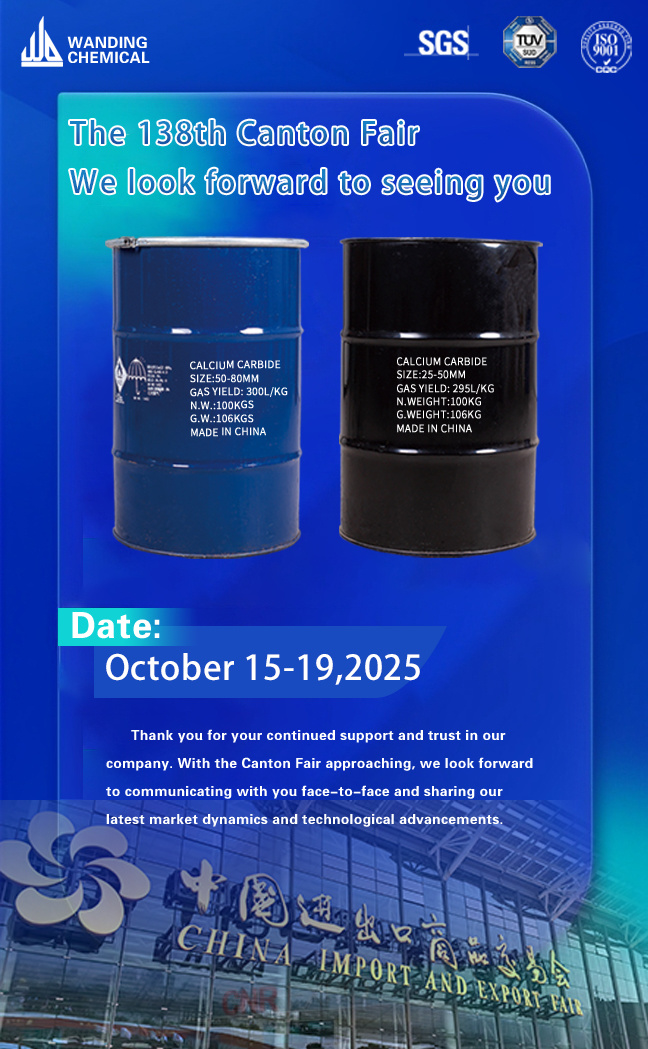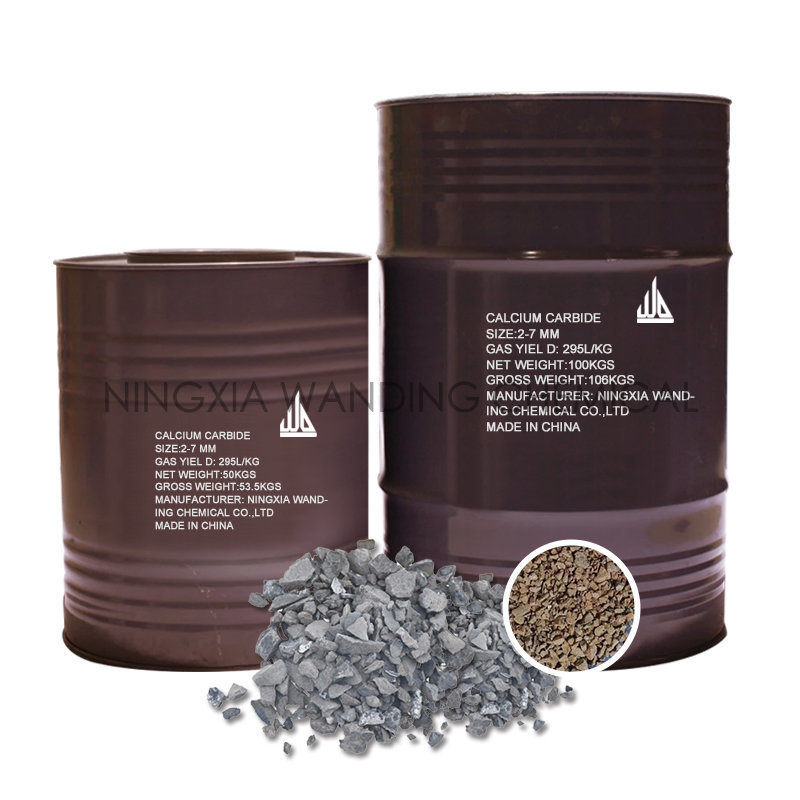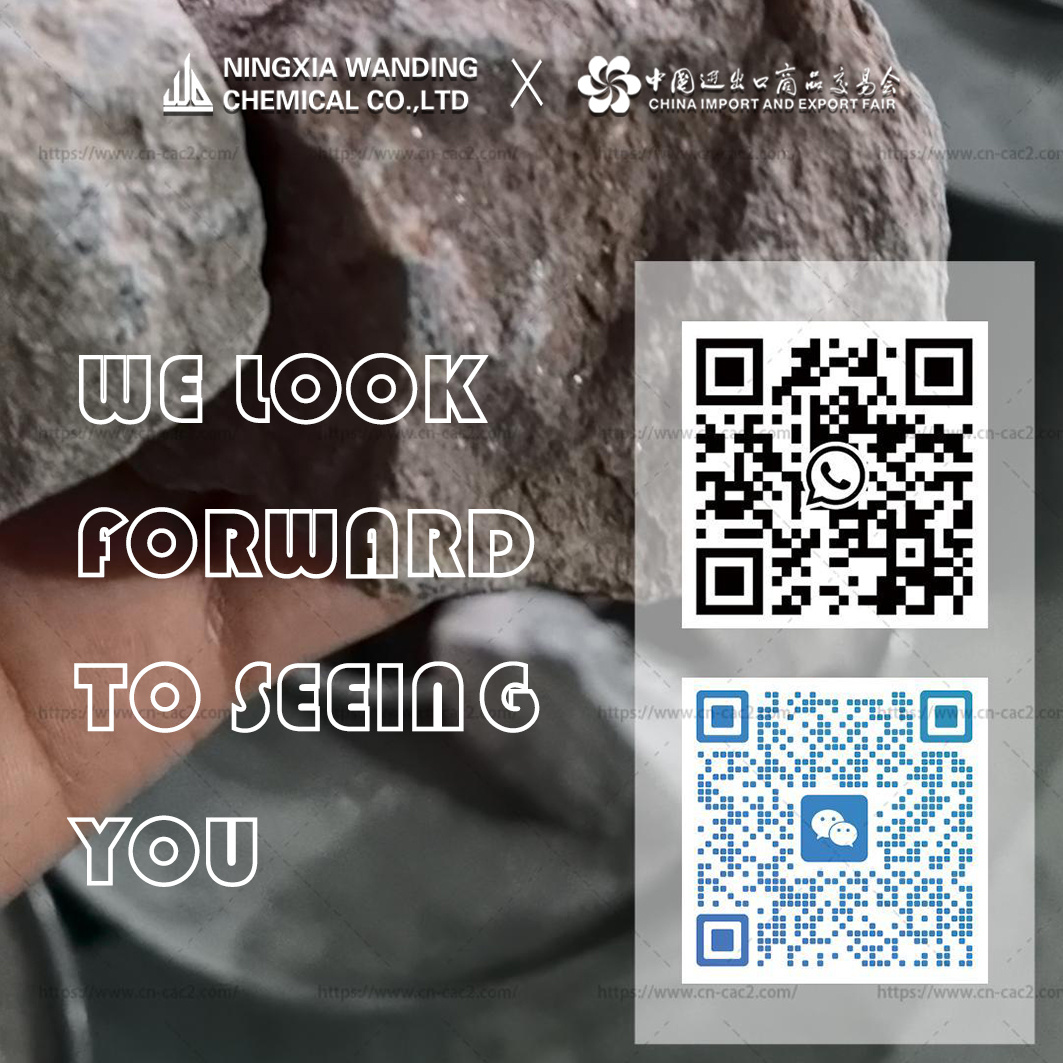Understanding the Chemical Composition of Calcium Carbide: A Deep Dive into Its Properties and Uses
Release Time:
2025-02-19
Understanding the Chemical Composition of Calcium Carbide: A Deep Dive into Its Properties and Uses Calcium carbide, a compound known for its unique chemical properties, plays a pivotal role in various industrial applications. In this article, we explore the chemical composition, properties, production methods, and uses of calcium carbide, shedding light on its importance in metallurgy and chemica
Understanding the Chemical Composition of Calcium Carbide: A Deep Dive into Its Properties and Uses
Calcium carbide, a compound known for its unique chemical properties, plays a pivotal role in various industrial applications. In this article, we explore the chemical composition, properties, production methods, and uses of calcium carbide, shedding light on its importance in metallurgy and chemical industries.
What is Calcium Carbide?
Calcium carbide (CaC2) is a chemical compound that consists of calcium and carbon. It is a colorless or grayish solid that produces acetylene gas when it reacts with water. Calcium carbide is primarily used in the production of acetylene and various calcium compounds, making it a significant ingredient in the chemical industry.
The Chemical Composition of Calcium Carbide
Primary Components
The primary components of calcium carbide are calcium (Ca) and carbon (C). The compound is formed through the reaction of lime (calcium oxide) and carbon at high temperatures. The molecular structure of calcium carbide consists of two carbon atoms bonded to one calcium atom, creating a stable compound.
Physical Properties of Calcium Carbide
The physical properties of calcium carbide are essential for understanding its applications:
- **Appearance**: Calcium carbide appears as a grayish-black solid.
- **Melting Point**: It has a melting point of approximately 2160 °C (3920 °F).
- **Solubility**: Calcium carbide reacts vigorously with water, producing acetylene and calcium hydroxide, while being insoluble in organic solvents.
- **Density**: The density of calcium carbide is about 2.22 g/cm³.
Production Methods of Calcium Carbide
Calcium carbide is produced through two primary methods:
1. Electric Arc Furnace Process
The most common method for producing calcium carbide is the electric arc furnace process. In this method, calcium oxide (quicklime) and carbon (coke) are heated to extremely high temperatures (approximately 2000 °C) in an electric arc furnace. This process leads to the formation of calcium carbide, along with the release of carbon monoxide.
2. Hydrothermal Synthesis
Another method for producing calcium carbide is hydrothermal synthesis, which involves reacting calcium carbonate with carbon in the presence of water at high temperatures and pressures. This method is less common due to its higher costs and lower yield compared to the electric arc furnace process.
Applications of Calcium Carbide
Calcium carbide has a wide range of applications across various industries:
1. Acetylene Production
One of the most significant applications of calcium carbide is the production of acetylene. When calcium carbide reacts with water, it generates acetylene gas:
CaC2 + 2H2O → C2H2 + Ca(OH)2
Acetylene is widely used in welding and cutting applications due to its high flame temperature.
2. Chemical Synthesis
Calcium carbide is used as an intermediate in the synthesis of various chemicals, including 1,4-butanediol, acrylonitrile, and calcium cyanamide. These chemicals are essential in the production of plastics, fibers, and fertilizers.
3. Agriculture
Calcium carbide is used in agriculture as a ripening agent for fruits. When applied to unripe fruits, it accelerates the ripening process by releasing acetylene gas, which mimics the natural ripening hormone ethylene.
4. Steel Manufacturing
In the metallurgical industry, calcium carbide is used as a deoxidizer in the production of steel. The compound helps remove impurities and enhances the quality of the final product.
5. Desulfurization of Iron
Calcium carbide serves as a desulfurizing agent in the iron production process, reducing sulfur content and improving the quality of the final iron product.
Environmental Impact of Calcium Carbide
While calcium carbide is a valuable compound in various industries, its production and use raise environmental concerns:
1. Emission of Gases
The production of calcium carbide through the electric arc furnace process generates significant amounts of carbon monoxide, a harmful greenhouse gas. Monitoring and controlling these emissions are crucial for minimizing environmental impact.
2. Waste Management
The by-products of calcium carbide reactions, such as calcium hydroxide, must be managed appropriately to prevent environmental contamination. Proper disposal methods and recycling initiatives are essential for maintaining ecological balance.
3. Safety Hazards
Calcium carbide can pose safety risks due to its reactivity with water. When exposed to moisture, it can produce flammable acetylene gas. Proper handling, storage, and transport methods are vital to ensure safety in industrial settings.
Safety Measures for Handling Calcium Carbide
Given the potential hazards associated with calcium carbide, implementing safety measures is essential:
1. Personal Protective Equipment (PPE)
Workers handling calcium carbide should wear appropriate PPE, including gloves, safety goggles, and respiratory protection, to minimize exposure risks.
2. Proper Storage
Calcium carbide should be stored in a cool, dry, and well-ventilated area, away from moisture and incompatible substances. Containers must be labeled clearly to indicate the hazards associated with the material.
3. Emergency Procedures
Establishing emergency response procedures is crucial in the event of accidental exposure or spills. Workers should be trained to respond appropriately to chemical incidents.
FAQs about Calcium Carbide
1. What is calcium carbide used for?
Calcium carbide is primarily used for acetylene production, chemical synthesis, agriculture, and metallurgical processes.
2. Is calcium carbide safe to handle?
Calcium carbide can be hazardous if not handled properly. It is important to use personal protective equipment and follow safety protocols.
3. How is calcium carbide produced?
Calcium carbide is commonly produced through the electric arc furnace process, where lime and carbon are heated to high temperatures.
4. What reaction occurs when calcium carbide comes into contact with water?
When calcium carbide reacts with water, it produces acetylene gas and calcium hydroxide.
5. Can calcium carbide be used in agriculture?
Yes, calcium carbide is used as a ripening agent for fruits, accelerating the ripening process by releasing acetylene gas.
Conclusion
Calcium carbide is an essential compound with significant applications across various industries, especially in chemical manufacturing and metallurgy. Understanding its chemical composition, production methods, and uses provides valuable insights into its role in modern industry. While it offers numerous benefits, it also necessitates careful handling and awareness of environmental impacts. By implementing safety measures and responsible practices, we can continue to harness the potential of calcium carbide while safeguarding our health and the environment.
News Hotspot





















